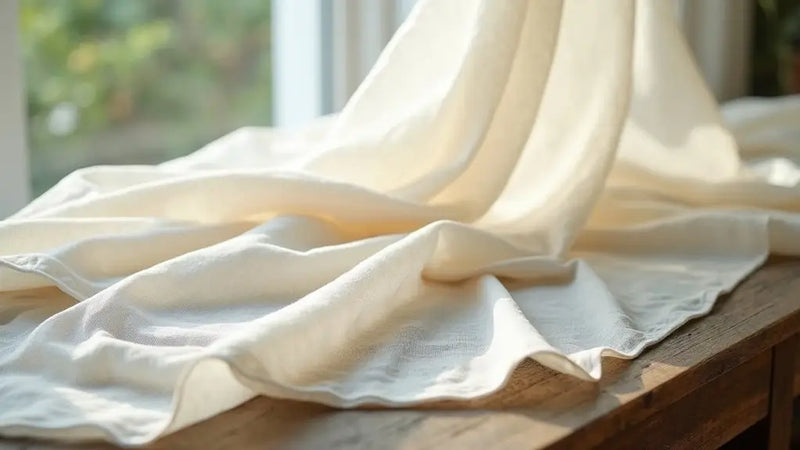Muslin is one of the most cherished and versatile fabrics in the textile world. From professional designers to everyday users, its lightweight, breathable nature makes it a go-to material across countless applications. While commonly used in fashion and home decor, muslin’s utility extends far beyond just clothing.
What Is Muslin Fabric?

Muslin is a loosely woven cotton fabric created through a simple plain weave technique. In this method, a single weft thread alternates over and under each warp thread. This produces a soft, durable material ideal for test garments and design mockups. Thanks to its breathability and lightweight texture, muslin is also used in a wide variety of household and industrial purposes.
Historical Background
Muslin originated in ancient Dhaka, now the capital of Bangladesh, where artisans produced highly refined versions admired worldwide. Though European traders named it after Mosul (in modern-day Iraq), muslin’s craftsmanship flourished in South Asia. During colonial times, traditional muslin weaving suffered heavy setbacks, yet it became a symbol of resistance and self-sufficiency during movements for independence, especially in the form of handspun khadi.
Types of Muslin Fabric

Muslin is not a one-size-fits-all fabric—it comes in various textures and weights:
- Gauze: Thin, sheer, and breathable. Commonly used for medical wraps, culinary filtering, or delicate garments.
- Mull: Lightweight and soft, often made from cotton or silk. Ideal for pattern testing and dress linings.
- Swiss Muslin: Characterized by dotted or textured patterns. A popular choice for light summer wear.
- Sheeting: Heavier and more tightly woven, suitable for durable home textiles and structured garments.
Common Uses of Muslin
Muslin’s adaptability makes it essential in many fields:
- Fashion Design: Frequently used for draping, mockups, and trial runs of garments.
- Quilting: Works well as a backing layer or binding material in multi-layered textile work.
- Home Furnishings: Adds a soft, airy touch to items like curtains, bedsheets, and cushions.
- Cleaning: Highly absorbent and reusable, perfect for sustainable household cleaning.
- Stage & Photography: Used for scenic backdrops, props, and as light-diffusing material in photography.
- Culinary Uses: Employed to strain liquids or wrap curds in cheese-making due to its porous weave.
Caring for Muslin Fabric

To preserve muslin’s delicate nature, follow these simple steps:
- Wash in cold water by hand or on a gentle machine cycle.
- Use mild, non-bleaching detergents.
- Air dry by laying flat or hanging; avoid high heat.
- Iron on low heat if necessary, preferably when the fabric is slightly damp.
Conclusion
Muslin is more than just a fabric—it’s a timeless, multi-functional material that has served humanity for generations. Its simplicity, breathability, and eco-friendly properties continue to make it a staple in households, workshops, and creative spaces around the world. Whether for clothing, home, or craft, muslin’s possibilities are endless.


